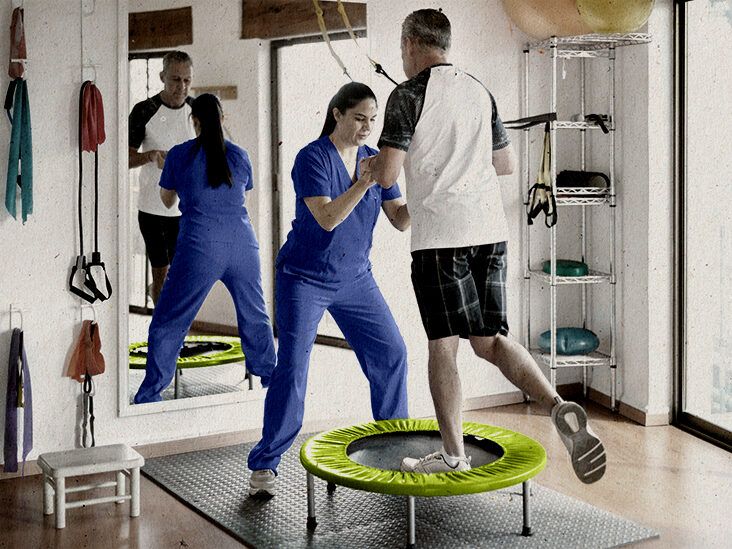Exploring the Varied Methods of Physical Rehabilitation for Enhanced Recovery and Rehabilitation
Exploring the Varied Methods of Physical Rehabilitation for Enhanced Recovery and Rehabilitation
Blog Article
Physical therapy is an essential discipline that assists individuals recover from traumas, operations, and multiple medical conditions. It involves a range of methods aimed to enhance mobility, reduce pain, and enhance overall bodily capability. Physiotherapy therapists are trained professionals who assess each patient’s needs and develop customized treatment strategies. These plans often include exercises, manual treatment, and instruction about physical mechanics. By employing these varied approaches, physical can significantly enhance a patient’s standard of life.
One common technique used in physical is rehabilitative activity. This involves specific movements and activities that help strengthen muscles, enhance range of motion, and increase endurance. For instance, a patient recovering from leg operation may perform workouts that concentrate on restoring power in the leg muscles. These activities are meticulously chosen based on the individual’s status and goals. By incrementally increasing the intensity and complexity of the activities, physiotherapy practitioners can help patients recover their power and movement over a period.
Another important technique is hands-on treatment, which comprises physical methods to manipulate the human body soft tissues and joints. This can entail flexibility exercises, joint movement, and massage. Manual treatment seeks to relieve discomfort, minimize swelling, and enhance blood flow. For instance, a therapist may apply gentle pressure to relieve stress in stiff muscles or to assist a joint function more freely. This technique is often combined with other treatments to enhance rehabilitation and promote recovery. Patients often consider hands-on treatment to be physical therapy for multiple sclerosis a relaxing and beneficial way to control their discomfort.
In addition to workouts and manual treatment, instruction plays a crucial part in physical. Practitioners teach clients about their conditions and how to manage them efficiently. This may include advice on proper posture, physical mechanics, and techniques to avoid future traumas. For instance, a therapist might show a client how to lift weighty objects properly to prevent straining their spine. By empowering clients with knowledge, physiotherapy therapists assist them take an engaged role in their rehabilitation and encourage sustained health and fitness.
Finally, technological advancements is increasingly being incorporated into physiotherapy practices. Devices such as ultrasound, electrotherapy stimulation, and immersive reality can improve traditional treatment methods. These tools can help reduce discomfort, promote recovery, and offer engaging methods for patients to participate in their rehabilitation. For instance, immersive reality can generate immersive environments for clients to practice actions in a safe plus protected setting. As advancements continues to evolve, it provides promising possibilities for improving rehabilitation results in physical.
In summary, physiotherapy encompasses a range of methods that function in unison to assist rehabilitation and rehabilitation. Through rehabilitative activities, manual treatment, client education, and the application of technology, physiotherapy therapists provide holistic treatment tailored to each patient’s requirements. This comprehensive method not only assists patients regain their bodily abilities but also empowers them to sustain their well-being in the long future. As more individuals recognize the benefits of physiotherapy, it remains to play a vital part in the journey toward enhanced well-being and well-being.